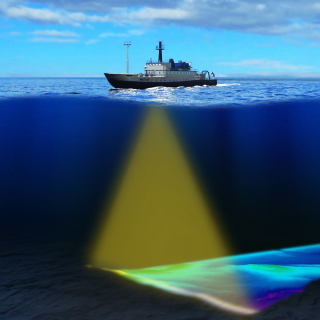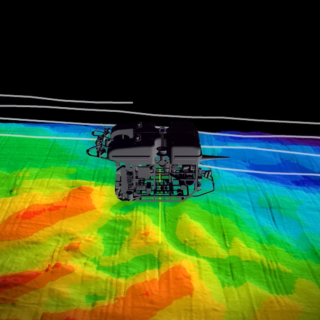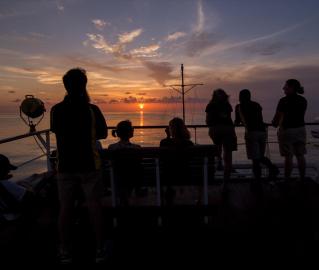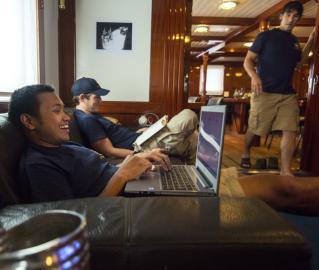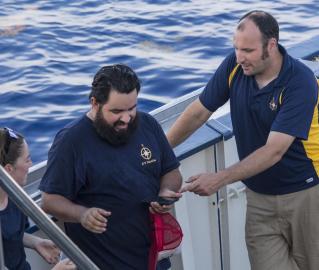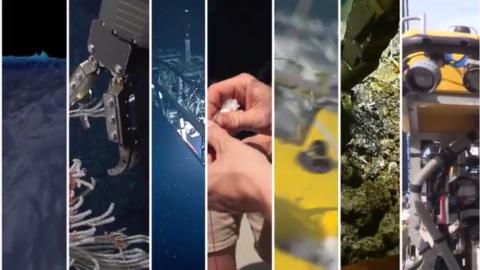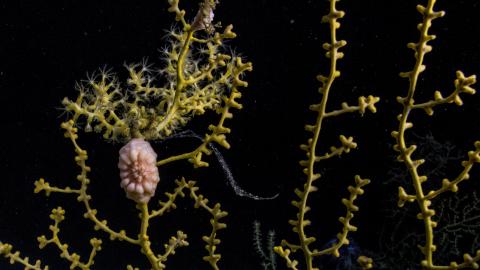Quick Look: The Full 2014 Season
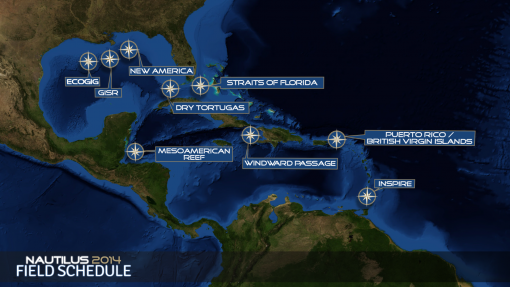
This summer, the Corps of Exploration will embark on a major expedition aboard Dr. Robert Ballard’s Exploration Vessel Nautilus from June through October in its second year of exploration in the Gulf of Mexico and Caribbean Sea region, and the Corps is taking the public along with them.
Continuing the Corps’ mission to explore the oceans and seek out the unknown in regions the scientific community has deemed a high priority for exploration, scientists on board Nautilus and on shore participating via telepresence will conduct research on everything from the ongoing impacts of the Deepwater Horizon oil spill of 2010 to the investigation of shipwrecks that sank in the Gulf of Mexico to the study of geological hazards in the Caribbean Sea.
As members of the expanded Corps of Exploration, the public, educators, and students will watch the real-time action in high-definition streaming video and participate in live interactions with shore-based audiences via nautiluslive.org, a 24-hour portal bringing expeditions from the field to future explorers on shore via telepresence technology. The public can also follow the expedition on social media, at partner museums, and on a free mobile app.
“Lewis and Clark traveled for more than two years and had to wait to return home to share what they’d seen. Now the moment a discovery is made, scientists can virtually step aboard the ship and share findings in real time. This is a voyage of discovery everyone can make,” said Dr. Ballard, a National Geographic Society Explorer-in-Residence.
This year begins a new focus of exploration for the Nautilus team, documenting and researching what Ballard has termed “The New America,” the vast expanse of virtually unexplored U.S. territories in the Caribbean and Pacific and their myriad of natural and cultural resources. This summer will take the ship to the waters of Navassa Island — a U.S. holding that has never been explored — to document new deep coral communities and other ancient coastline features. In 2015 and beyond, the team hopes to broaden its exploration of these territories worldwide.
More than 200 explorers rotating throughout various cruise legs of a 120-day expedition will first explore the geology of the Straits of Florida and The Bahamas for evidence of tsunami-generating landslide events as well as rare cold-water ecosystems. After a stop in Dry Tortugas to assist the U.S. National Oceanic and Atmospheric Administration’s (NOAA) Office of National Marine Sanctuaries with understanding the ecology of reserves there, Nautilus will spend several weeks in the Gulf of Mexico examining the biological impact of the 2010 oil spill as well as studying the fundamental behavior of fluids as they disperse in to better predict the impact of any future oil spills. Investigation of several shipwrecks (including a German U-boat) in the area will be followed by a transit to Belize and Honduras to study the Mesoamerican Reef, the second largest barrier reef in the world.
During the Windward Passage cruise, the ship will focus its attention on the major conduit between Cuba and Haiti where the Atlantic Ocean and the Caribbean Sea connect. Several dives here will also include geologic surveys of the fault zones responsible for the 2010 earthquake in Haiti to better understand the seismic and tectonic hazards in this geologically active region.
The 2014 season will end with dives on the Kick’em Jenny submarine volcano off the coast of Grenada, and mud volcanoes off the coast of Trinidad & Tobago, holding exotic forms of life that are living off chemicals being squeezed out of the seafloor. Kick’em Jenny is the most active and dangerous submarine volcano in the Caribbean Sea. Specific hazards include explosive eruptions that can breach the sea surface and the potential for tsunami generation from shallow water explosions.
This season’s locations were selected after review of white papers submitted by scientists from around the world at the Workshop for Telepresence-Enabled Exploration of the Caribbean Region held in November 2012 by OET and NOAA’s Office of Ocean Exploration.
In addition to its exploration and public outreach programs, OET engages educators (both formal and informal) and students of all levels in education and outreach programs. The Science Communication Fellowship Program brings 21 new communicators and five returning lead educators on board to be the primary communicators to the public. The Science and Engineering Internship Program trains undergraduate and graduate students studying ocean science, engineering, and video production in the at-sea environment. The Honors Research Program (HRP) invites rising high school seniors to participate in a summer research and exploration program. HRP students work with scientists at the University of Rhode Island (URI) Graduate School of Oceanography (GSO), and their experience culminates with a trip to join the Corps of Exploration aboard Nautilus.
“Our program exists to use the excitement of exploration to inspire and motivate the next generation of scientists and engineers, by bringing our expedition directly to schools, museums, homes, and mobile devices,” said Ocean Exploration Trust (OET) Executive Vice President and National Geographic Emerging Explorer, Dr. Katy Croff Bell. “Sharing the excitement of the moment of discovery with the public and students is a key part of our mission.”
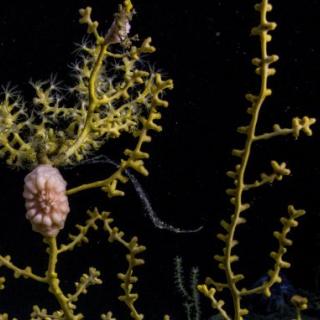
Straits of Florida
This cruise will focus on the discovery of new cold-water ecosystems and improved understanding of underwater geological hazards and processes. The Straits of Florida is a trough that separates the Florida Peninsula from Cuba and the Great Bahamas Bank. Due to the differences in geological, oceanographic, and chemical processes within this region, the deep water contains some of the greatest species richness in the Atlantic Ocean.
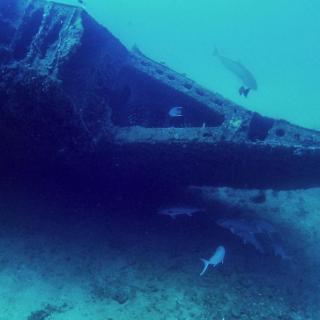
Dry Tortugas
NOAA’s Office of National Marine Sanctuaries selected two deep-water areas off southwest Florida to better understand the ecological connectivity of deep-water biological habitats and communities to the Florida Keys National Marine Sanctuary, the Tortugas Ecological Reserve, and Pulley Ridge Habitat.

ECOGIG
This cruise is part of a larger research program focused on examining the ecosystem-level response to oil and gas in the Gulf of Mexico. The research group leading the cruise is called the Ecosystem Impacts of Oil and Gas Inputs into the Gulf of Mexico (ECOGIG) Consortium, which is made up of scientists from a wide variety of disciplines studying current flow, ocean chemistry, microbial activity, deep-sea coral communities, and everything in between.
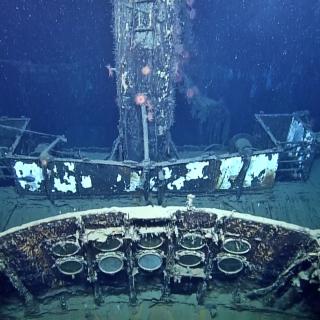
Exploring Unknown America
This expedition focused on documenting the myriad natural and cultural resources that lie in U.S. waters for the joint National Geographic and 60 minutes television special, The Unknown America.

Unexplored America II

Gulf Integrated Spill Research (GISR)
This cruise is part of the Gulf Integrated Spill Response (GISR) Consortium, funded by the Gulf of Mexico Research Initiative (GoMRI). The vision of the GISR Consortium is to understand and predict the fundamental behavior of petroleum fluids in the ocean environment. This capability is critical to inform decisions during response to oil spills and for development of mitigation plans, ultimately yielding significant environmental and financial savings.

Mesoamerican Reef
The deep waters around and off the coasts of the Belizean cayes and atolls are among the least studied areas of the Caribbean Sea. The 2014 Nautilus cruise to the western Caribbean will conduct seafloor mapping and ROV exploration of the areas around and offshore the cayes and atolls of the Belize Barrier Reef, including potential mud volcanoes off Turneffe and Lighthouse atolls.

Mapping Transit form Gulfport to Belize City

Mapping Transit Belize City to Montego Bay
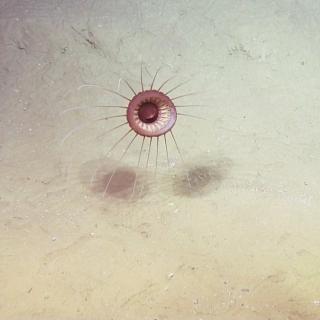
Windward Passage Project
The Windward Passage, located between Cuba and Haiti, is a major conduit between the Atlantic Ocean and Caribbean Sea. It is a site of complex currents, mixing and exchange of water that have been little explored despite the historical importance of this region as a major shipping route.
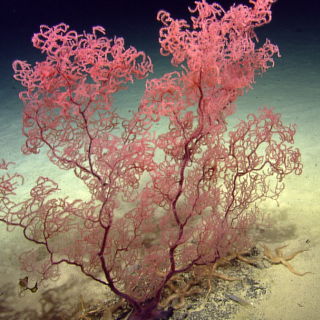
Anegada Passage & the British Virgin Islands' Seamounts
Within the Caribbean region, numerous unexplored seamounts punctuate the seafloor holding records of geologic, biologic and oceanographic processes over different time-scales. Seamounts are topographically and oceanographically complex with environmental characteristics that vary greatly and have often been suggested to be biodiversity hotspots, however, many of these hypotheses are only beginning to be explored in detail.

Kick 'em Jenny Submarine Volcano Project
This cruise to the southern Lesser Antilles volcanic arc is part of the INSPIRE project, funded by NSF with the purpose of studying and improving telepresence for ocean exploration. Scientists will implement several student-designed exploration projects led from shore. Kick’em Jenny is the most active submarine volcano in the Caribbean Sea, and during the past century it has shown a history of progressive growth with explosive eruptions.
